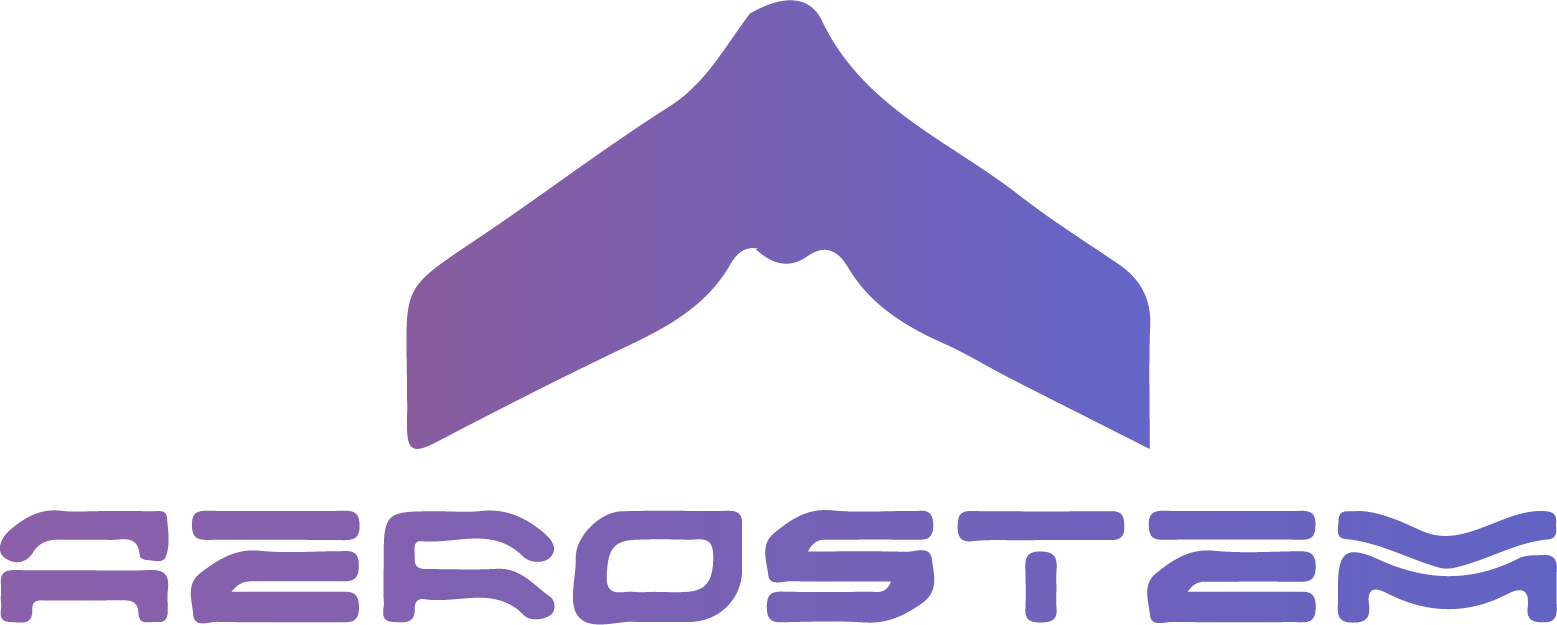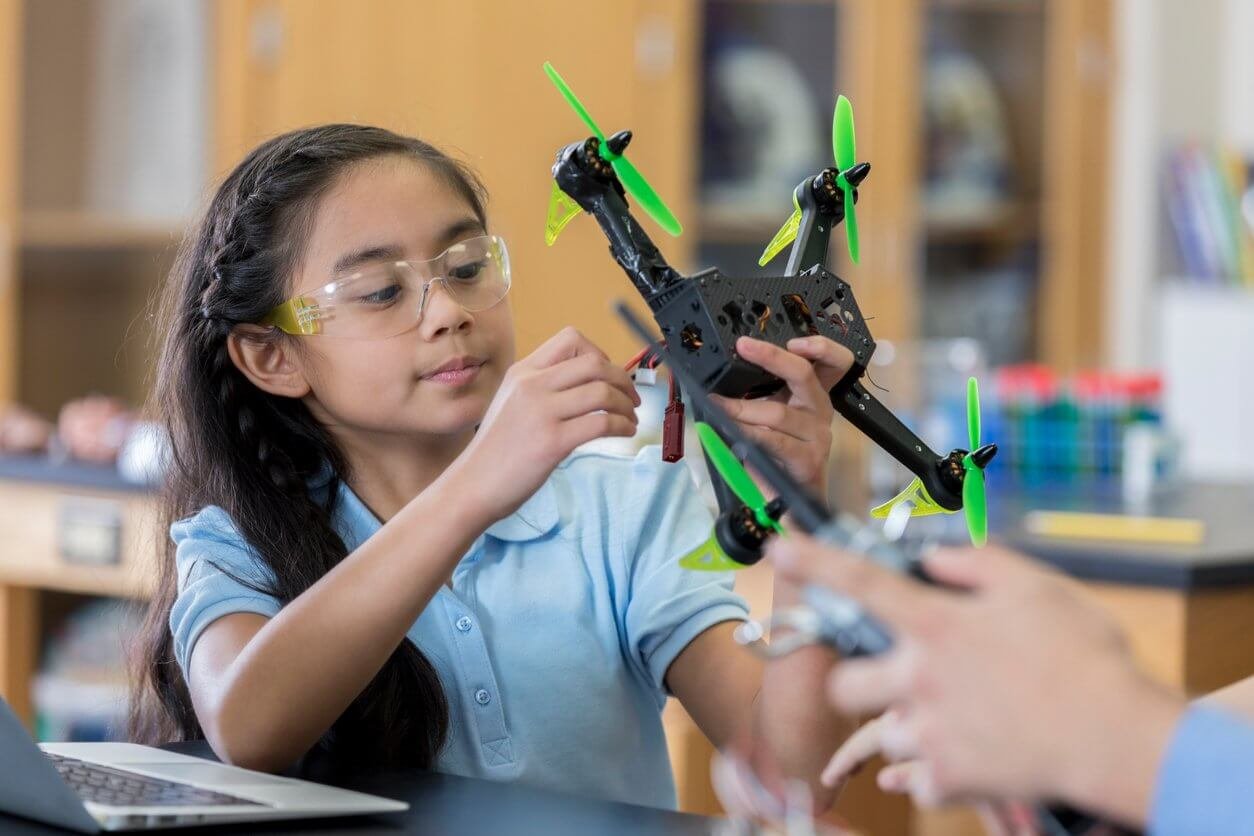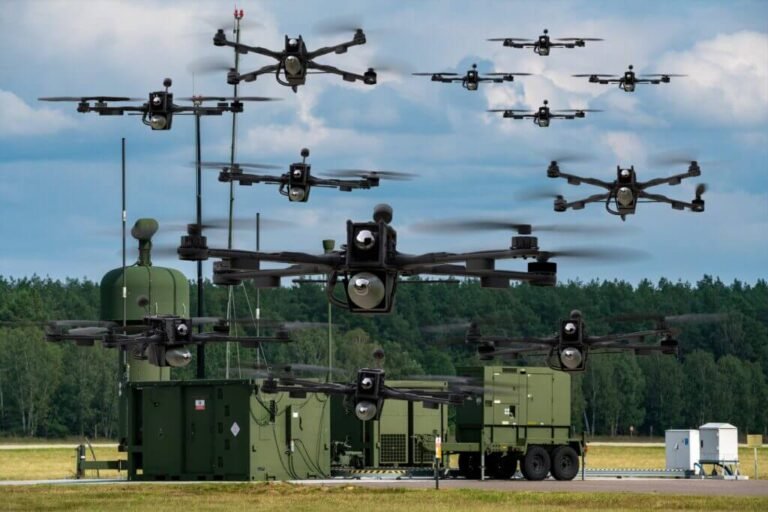In today’s rapidly evolving world, educators are seeking innovative ways to make learning more engaging, practical, and relevant. One technology that has taken classrooms by storm is drones. These small but powerful flying devices are no longer limited to photography or entertainment—they are transforming how students interact with STEM (Science, Technology, Engineering, and Mathematics) subjects.
By introducing drones into STEM education, teachers provide hands-on experiences that encourage creativity, problem-solving, and teamwork. Students don’t just learn theories; they apply them in real-world contexts, making education more exciting and meaningful.
Why Drones Are Effective in Education
- Hands-on Learning: Students move beyond textbooks into practical applications.
- Multidisciplinary Approach: Drones integrate science, technology, engineering, and math seamlessly.
- Engagement Boost: Interactive tools like drones spark curiosity and motivation.
- Future-Ready Skills: Learners develop coding, data analysis, and design thinking—essential for modern careers.
Benefits of Drone-Based STEM Learning
- Increased Engagement: Students are excited to learn when technology is hands-on.
- Collaboration: Group projects build communication and teamwork skills.
- Critical Thinking: Students learn through experimentation, trial, and error.
- Career Preparation: Drones are used in industries like agriculture, healthcare, logistics, and construction—helping students understand real-world applications.
Challenges and Considerations
While drones bring many benefits, educators should consider:
- Cost: Quality drones and spare parts can be expensive.
- Training: Teachers may need guidance on using drones effectively in the classroom.
- Safety Regulations: Drone use requires compliance with aviation rules and safe classroom practices.
By addressing these challenges with planning and training, schools can maximize the value of drone-based learning.
How Drones Support STEM Learning
Drones give students new ways to explore environmental science, biology, and geography. They can: – Monitor ecosystems and wildlife from above. – Collect air-quality or weather data. – Map changes in landscapes such as forests or coastlines. By connecting theory with fieldwork, science becomes more practical and engaging.
Drones often support beginner-friendly programming tools like Scratch, Blockly, and Python. Students can: – Code flight paths and automate drone movements. – Integrate sensors, cameras, and GPS into projects. – Explore AI-based features such as obstacle detection. This exposure builds strong computational and programming foundations.
Drones often support beginner-friendly programming tools like Scratch, Blockly, and Python. Students can: – Code flight paths and automate drone movements. – Integrate sensors, cameras, and GPS into projects. – Explore AI-based features such as obstacle detection. This exposure builds strong computational and programming foundations.
Math becomes practical when applied through drones. Students use: – Geometry to calculate angles for turns. – Algebra for distance and speed equations. – Trigonometry for altitude and trajectory planning. This makes math less abstract and more exciting.
Conclusion
Drones transform STEM education by combining fun with learning. They encourage problem-solving, teamwork, and innovation—skills students need for the future.
With drones, education truly takes flight!


